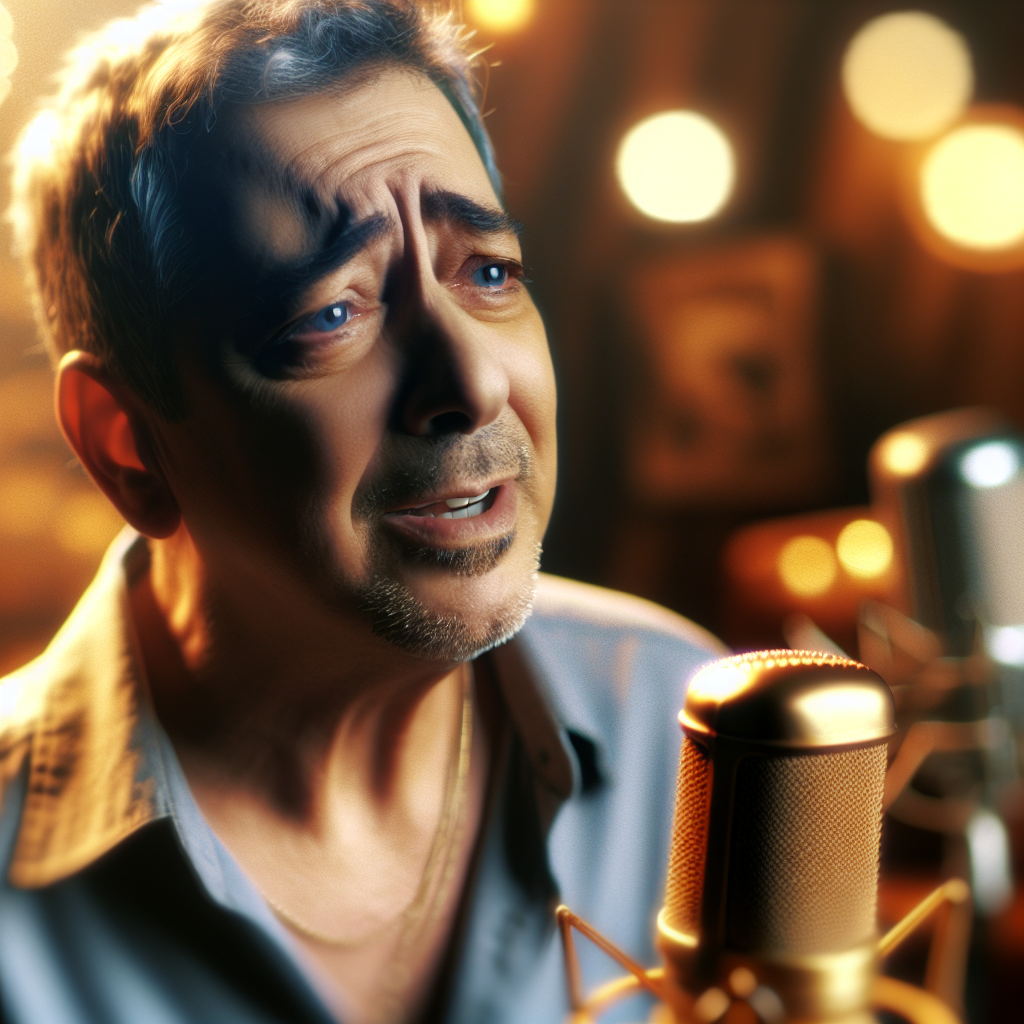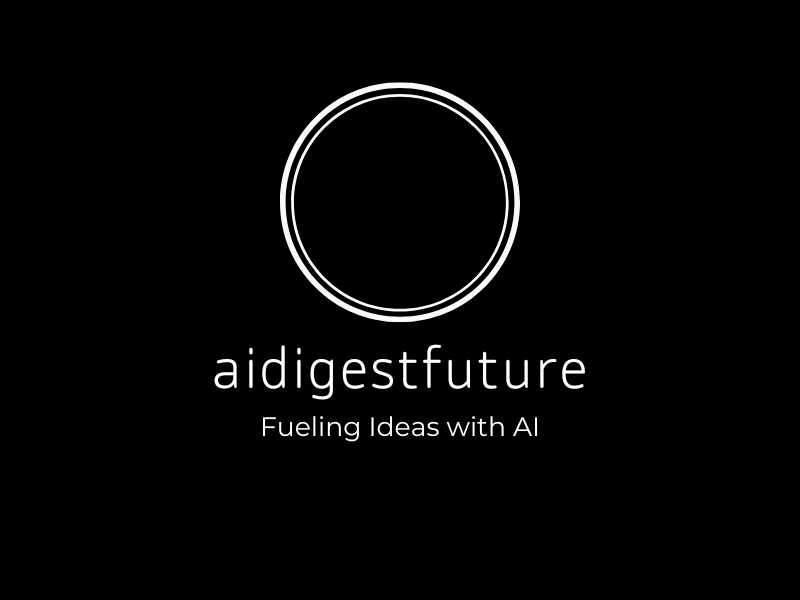
Introduction: A Country Legend’s Battle for His Voice
Randy Travis is undeniably one of the most iconic voices in country music. With hits such as “Forever and Ever, Amen” and “On the Other Hand,” his rich, unmistakable baritone has been a staple of the genre for decades. However, in 2013, tragedy struck when the beloved singer suffered a devastating stroke. Randy Travis, whose voice influenced a generation of country artists, was suddenly unable to sing.
This heartbreaking event left fans and the music world wondering if they would ever hear his signature sound again. But thanks to groundbreaking developments in artificial intelligence (AI) technology, the world has been given a second chance to hear Randy Travis’ voice—not just in recordings, but in the present. Let’s take a look at how AI has helped Randy Travis recover his iconic singing voice and how it’s revolutionizing the world of music rehabilitation.
Randy Travis’ Stroke and Road to Recovery
The events of 2013 were life-changing for Randy Travis. After contracting a virus that resulted in congestive heart failure, Randy suffered a massive stroke that left him in a coma. While doctors fought tirelessly to save his life, the stroke left him without the ability to speak or sing, and only years of intense therapy eventually restored his ability to walk and communicate verbally.
While many were overjoyed to see Travis regain some semblance of normal life, the question of whether he would ever sing again weighed heavily on his fans’ hearts. Traditional therapies, despite their effectiveness for speech, did not seem to be sufficient to restore his legendary singing abilities. That’s when new hope emerged from an unexpected place: the world of artificial intelligence.
The Role of AI in Voice Recovery
Artificial intelligence has transformed countless industries, from healthcare to finance, and now music. Over the past few years, AI-powered innovations have paved the way for people like Randy Travis to regain what was previously thought to be an irretrievable voice. But how exactly does AI aid in something as complex as voice recovery?
By leveraging machine learning models, AI can analyze the unique qualities of an individual’s voice—specifically, its tone, pitch, vibrato, range, and timbre. Once analyzed, AI can simulate the voice by processing older recordings and creating natural human-like sounds. This technology has made it possible for systems to generate voice outputs that sound just like the original human voice, helping individuals regain their speech or singing patterns.
How AI Specifically Helped Randy Travis’ Voice
For Randy Travis, AI’s involvement in his journey to recover his voice began with deep analysis of his previous recordings. A team of sound engineers and AI specialists worked meticulously to input hundreds of hours of Travis’ past performances into an AI-driven system.
In this case, a technology called “vocal prosthesis” was used. The AI system ‘learns’ from Randy’s previous vocal recordings, picking up on the subtle nuances of his voice and replicating it. These AI-generated samples can then be overlaid onto his current recordings or used to guide therapies aimed at revitalizing what remains of his vocal strength.
Some of the specific innovations that AI has contributed to Travis’ recovery include:
- Vocal Processing Software: AI-generated software that mimics the human voice and reproduces distinctive vocal traits, helping improve singing ability.
- Speech and Singing Simulators: This uses neural networks to predict speech patterns and vocal inflections that help Randy rediscover his singing capabilities.
- Real-time Feedback and Correction: AI-powered platforms providing real-time feedback on how Randy’s vocal chords should adjust to re-learn vocal techniques.
- Deep Learning Models: AI tools that go deeper than traditional voice-processing software by focusing on emotional expression, tonality, and fluctuation patterns characteristic of his voice.
The breakthroughs didn’t stop at just replicating Travis’ voice but extended to *how* he could regain confidence in his speech. By hearing his own voice re-created so convincingly using AI, Travis was able to train and gradually strengthen his ability to sing again.
AI in Speech Therapy: A Boon for Musicians
What AI did—and continues to do—for Randy Travis extends beyond just him. Across the world, artists who have lost their voices due to illness or injury are leveraging AI to rehabilitate and restore their careers.
Musicians who may have thought their careers were over are finding new hope with AI-powered therapy. This pioneering technology threatens to turn the music rehabilitation world upside down, allowing:
- Faster recovery. AI tools can drastically cut down the time it takes for an individual to recover their voice.
- Realistic simulations. By diving deep into an individual’s unique vocal structure, AI can accurately reflect someone’s pre-injury voice.
- Personalized therapy plans. AI-based vocal models can quickly adapt to progress—and setbacks—customizing the therapy plan in real-time for optimal outcomes.
Perhaps most importantly, AI is giving musicians agency over their recovery. Just as Randy Travis benefited from the emotional boost of hearing *his own* recreated voice, other artists facing similar circumstances can find motivation through these AI-enabled breakthroughs.
Future Implications of AI in Music and Rehabilitation
Randy Travis’ journey provides a glimpse into what the future could hold for not only vocal rehabilitation but possibly the creation of music itself. As AI continues to evolve, it might become possible for musicians to collaborate with AI in crafting entirely new kinds of vocal performances—ranging from creating new harmony layers, to helping to rebuild damaged tissue through sound frequencies guided by AI.
While there are certainly ethical debates about how AI should be used in the arts—particularly with fully replicating human voices—the potential benefits to those whose lives revolve around their voice are immeasurable.
Conclusion: AI as a Beacon of Hope for Artists
Randy Travis’ story of recovery is an incredible testament to both human resilience and the power of technology. AI has done more than resurrect a country star’s iconic sound; it’s enabled him to connect with fans again and continue the legacy he built over decades.
AI’s application in voice recovery brings an unprecedented level of hope to performers who might otherwise have suffered in silence. For Randy Travis, it has allowed him to step back into the limelight, and for the world of music, it’s unlocked the door to endless possibilities. This is just the beginning: as AI evolves, it holds the promise of further breakthroughs in music, healthcare, and beyond.
Randy Travis may have faced an uphill battle after his stroke, but with the help of modern technology, his timeless voice will live on forever.
